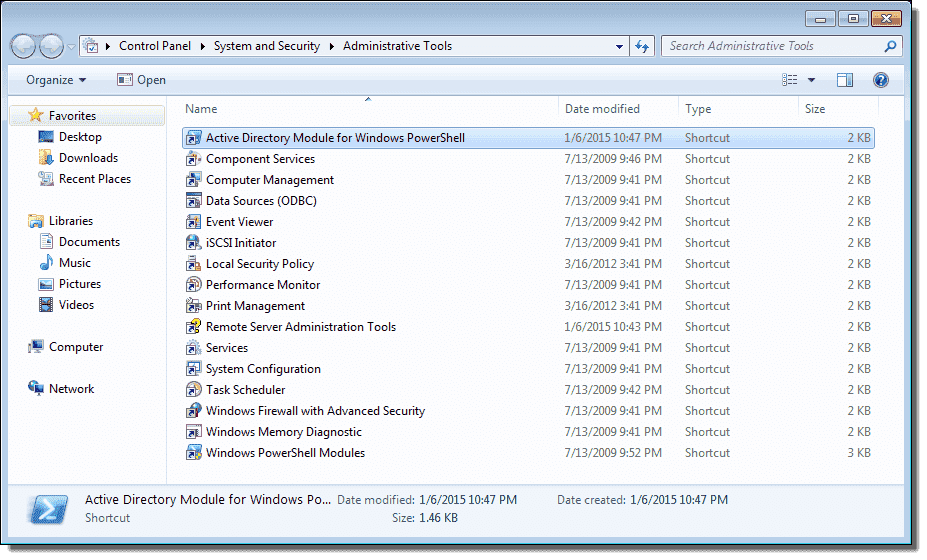

- #ACTIVE DIRECTORY MODULE FOR WINDOWS POWERSHELL HOW TO#
- #ACTIVE DIRECTORY MODULE FOR WINDOWS POWERSHELL INSTALL#
What kind of cross-platform compatibility is it when you are unable to manage many of the standard Windows features from Linux or macOS? For most of the common administration tasks, you still need a Windows machine around. The inconsistencies in Microsoft's own documentation about PowerShell 7 continue to grow.Īlso, the approach from Microsoft with cross-platform compatibility is quite unsatisfying. In this post, we took a deep dive into where the Active Directory module for PowerShell 7 actually works, although it is stated as unsupported on some of the systems.
#ACTIVE DIRECTORY MODULE FOR WINDOWS POWERSHELL HOW TO#
Instructions on how to set up SSH remoting can be found here. Note: Remoting to a Windows machine from Linux or macOS is only possible via SSH. Using the AD module via Linux SSH remoting
#ACTIVE DIRECTORY MODULE FOR WINDOWS POWERSHELL INSTALL#
Install Windows Management Framework (WMF) 5.1 from to enable this feature. Windows PowerShell 5.1 is required to load modules using Windows PowerShell compatibility feature.

Import-Module: Detected Windows PowerShell version 4.0. When you do as the error message suggests and run the Import-Module ActiveDirectory command, you get another error message. For more information, run 'Import-Module ActiveDirectory'. Get-ADUser: The 'Get-ADUser' command was found in the module 'ActiveDirectory', but the module could not be loaded. Get-ADComputer: The 'Get-ADComputer' command was found in the module 'ActiveDirectory', but the module could not be loaded. After spinning up the VM and installing PowerShell 7 and the standalone RSAT package for Windows 8.1, I got the following error messages when trying to query AD: PowerShell 7 is supported on both systems, but the AD module is not. My last test was done on Windows 8.1, which is the same core as Windows Server 2012 R2.

Is there another inconsistency in Microsoft's own documentation, or is there a specific reason to leave version 2016 out of support? Windows Server 2012 R2 and Windows 8.1 What a surprise! The module works well, even on Windows Server 2016. Testing the PowerShell 7 AD module on Windows Server 2016


 0 kommentar(er)
0 kommentar(er)
